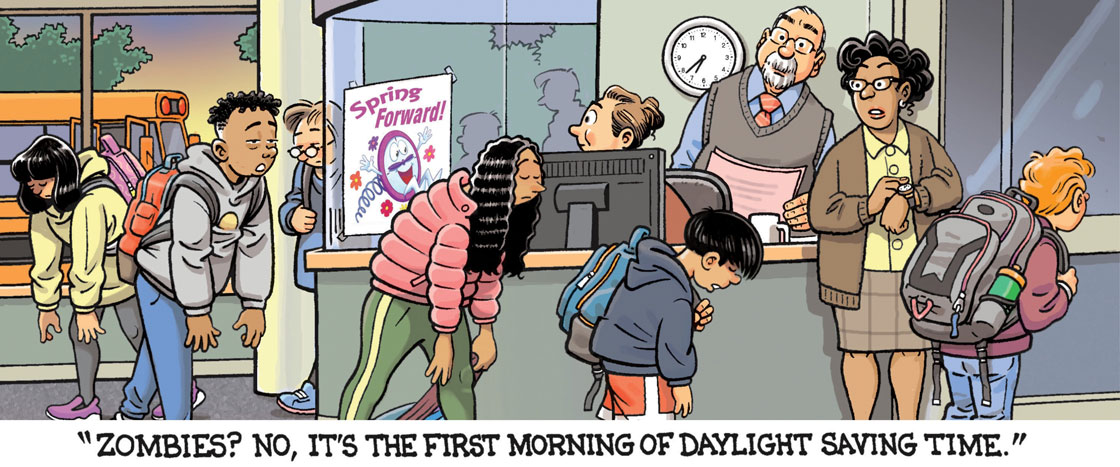For many of us, the month of March means three things: wearing green on St. Patrick’s Day, watching basketball during March Madness, and suffering through the most miserable, most horrid day of the entire year. The day we dread. The day we’d like to pretend does not exist. The day that daylight saving time (DST) begins.
At 2 a.m. on March 8, the clock will spring forward one hour—and you will lose 60 minutes of precious sleep. For the next week or so, you’ll feel groggy and tired.
Meanwhile, across the United States, car accidents, workplace injuries, and heart attacks will all spike—likely because everyone is more tired. Perhaps it’s not surprising that 70 percent of Americans say they’d rather not change their clocks.*
So why don’t we just get rid of DST?


